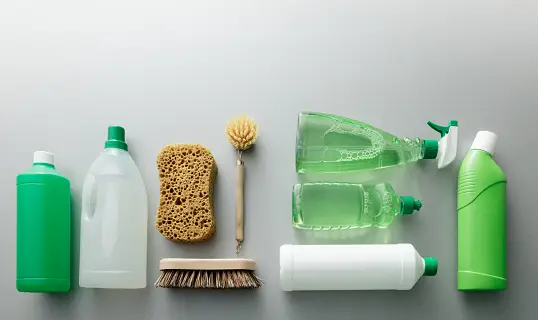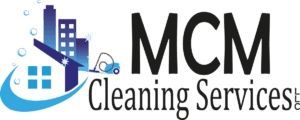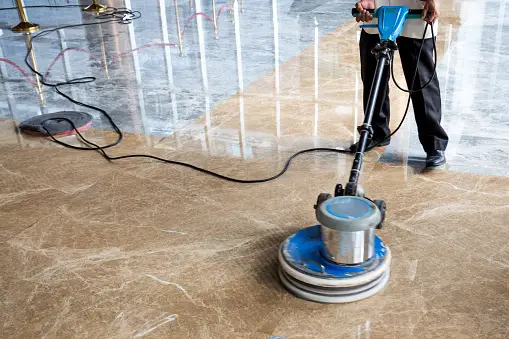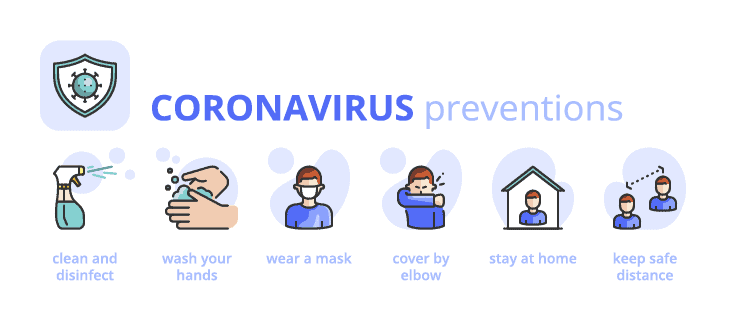
Green Cleaning Products: Sustainable Solutions for Homes and Businesses
Date Posted:
March 7, 2024
In today’s world, where environmental sustainability is becoming increasingly important, green cleaning products have emerged as a viable solution for both homes and businesses. These products offer a range of benefits, from reducing environmental impact to promoting better health for users and occupants. Let’s delve deeper into the world of green cleaning products, exploring their benefits, types, ingredients, and how to make the switch seamlessly.
Benefits of Using Green Cleaning Products
Environmental Benefits
Green cleaning products are typically made from natural, biodegradable ingredients that are safer for the environment. They minimize pollution and reduce the consumption of non-renewable resources, contributing to a healthier planet.
Health Benefits
Unlike conventional cleaning products, which often contain harsh chemicals, green cleaning products are gentler and safer for both humans and pets. They reduce exposure to toxins and allergens, leading to improved indoor air quality and fewer respiratory issues.
Economic Benefits
While some may assume that green cleaning products are more expensive, they often prove to be cost-effective in the long run. By promoting durability and reducing the need for medical expenses related to chemical exposure, they can save money over time.
Types of Green Cleaning Products
Natural Ingredients
Many green cleaning products utilize ingredients such as vinegar, baking soda, and lemon juice, which are readily available and effective at cleaning various surfaces.
Biodegradable Packaging
In addition to the cleaning solution itself, eco-conscious brands also focus on using packaging materials that can be easily recycled or composted, further reducing environmental impact.
Eco-friendly Manufacturing Processes
Green cleaning products are often manufactured using sustainable practices that minimize energy consumption and waste generation, further aligning with the principles of environmental stewardship.
Common Ingredients in Green Cleaning Products
Vinegar
Acetic acid in vinegar makes it an effective disinfectant and deodorizer, perfect for cleaning surfaces like countertops and floors.
Baking Soda
Baking soda’s abrasive nature makes it ideal for scrubbing away tough stains and grime, while also neutralizing odors.
Lemon Juice
Lemon juice contains citric acid, which has natural antibacterial properties, making it a great ingredient for homemade cleaners.
Essential Oils
Essential oils like tea tree oil and lavender oil not only add a pleasant scent to cleaning products but also boast antimicrobial properties.
How to Identify Genuine Green Cleaning Products
Reading Labels
Look for products that clearly list their ingredients and avoid those with long lists of unpronounceable chemicals. Opt for products with certifications from reputable organizations like the Environmental Protection Agency (EPA) or Green Seal.
Certifications and Eco-labels
Certifications such as the EPA’s Safer Choice label or the Green Seal certification indicate that a product has met specific environmental and health criteria, providing reassurance to consumers.
DIY Green Cleaning Recipes
All-purpose Cleaner
Mix equal parts water and vinegar in a spray bottle, adding a few drops of essential oil for fragrance. Use it to clean countertops, glass surfaces, and more.
Window Cleaner
Combine water, vinegar, and a small amount of dish soap in a spray bottle. Spray onto windows and wipe clean with a microfiber cloth for streak-free shine.
Disinfectant Spray
Mix water, hydrogen peroxide, and essential oils like tea tree oil or eucalyptus oil in a spray bottle. Use it to disinfect high-touch surfaces such as doorknobs and light switches.
Transitioning to Green Cleaning Products
Replace Traditional Products Gradually
Rather than discarding all your conventional cleaning products at once, gradually phase them out as you introduce green alternatives into your cleaning routine.
Explore Eco-friendly Brands
Research and experiment with different eco-friendly brands to find products that align with your preferences and cleaning needs. Many companies offer sample sizes or starter kits to help you get started.
Case Studies: Successful Implementation in Homes and Businesses
Residential Case Study
John and Sarah, a family of four, made the switch to green cleaning products after their daughter developed respiratory issues. Not only did they notice an improvement in air quality, but they also saved money on medical expenses in the long run.
Commercial Case Study
XYZ Corporation, a leading tech company, implemented a green cleaning program across its office locations. Not only did this initiative align with their corporate sustainability goals, but it also boosted employee morale and productivity.
Overcoming Challenges in Adopting Green Cleaning Practices
Cost Considerations
While some green cleaning products may have a higher upfront cost, the long-term savings in terms of improved health and reduced environmental impact often outweigh the initial investment.
Effectiveness Concerns
Some individuals may be skeptical about the effectiveness of green cleaning products compared to their conventional counterparts. However, with proper usage and adherence to recommended cleaning practices, green products can deliver excellent results.
Future Trends in Green Cleaning
Innovation in Product Development
As consumer demand for green cleaning products continues to grow, we can expect to see ongoing innovation in product development, with companies striving to improve performance while maintaining environmental sustainability.
Market Growth Projections
The market for green cleaning products is projected to expand significantly in the coming years, driven by increasing awareness of environmental issues and a growing preference for safer, healthier alternatives.
Conclusion
In conclusion, green cleaning products offer sustainable solutions for both homes and businesses, providing a host of environmental, health, and economic benefits. By making the switch to green cleaning products, individuals and organizations can contribute to a healthier planet while also enjoying a safer and more pleasant indoor environment.
FAQs (Frequently Asked Questions)
- Are green cleaning products as effective as traditional cleaners?
- Yes, many green cleaning products are just as effective as traditional cleaners, if not more so. They utilize natural ingredients and innovative formulations to provide powerful cleaning without the use of harsh chemicals.
- How can I ensure that the green cleaning products I buy are truly eco-friendly?
- Look for products that have been certified by reputable organizations such as the Environmental Protection Agency (EPA) or carry eco-labels like Green Seal. Additionally, carefully read the ingredients list to ensure they are derived from natural and biodegradable sources.
- Will switching to green cleaning products save me money in the long run?
- While some green cleaning products may have a higher upfront cost, they often prove to be cost-effective in the long run. They can reduce the need for expensive medical treatments related to chemical exposure and promote overall health and well-being.
- Can I make my own green cleaning products at home?
- Absolutely! There are numerous DIY green cleaning recipes that utilize common household ingredients such as vinegar, baking soda, and essential oils. Making your own cleaning products not only saves money but also allows you to control the ingredients and avoid unnecessary chemicals.
- Are there any specific precautions I should take when using green cleaning products?
- While green cleaning products are generally safer than traditional cleaners, it’s still important to use them properly. Always follow the instructions on the label, keep them out of reach of children and pets, and ventilate the area when using certain products. Additionally, avoid mixing different cleaning solutions, as this can create harmful fumes.
To get started, request a quote here.







